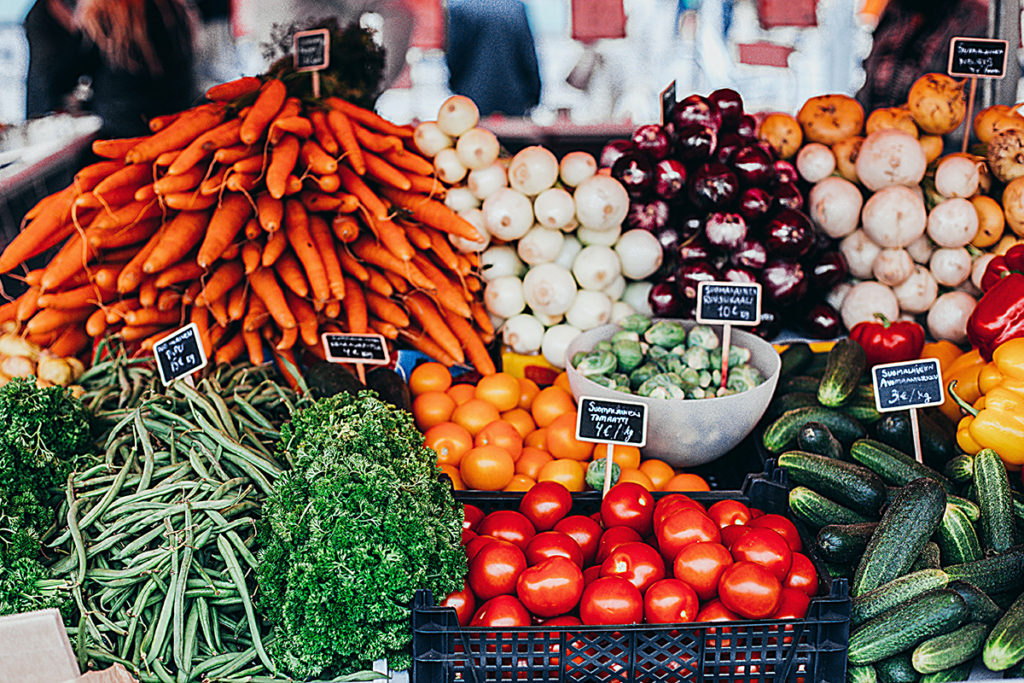On this episode of the ‘Gluten Free RN,’ Nadine helps you get on the road to recovery with a gluten-free, casein-free diet. She walks you through what to expect and offers tactics that will support your success.
Nadine breaks down the steps you should take to make your home a gluten-free space and ensure your comfort and health when you are on the go. She also talks you through how to carefully select food that is not just gluten-free, but also nutrient dense.
Nadine explains the significance building a support system that includes a knowledgeable healthcare team and peers who’ve adopted a gluten-free lifestyle. Listen and learn how to get better, faster as you get started on a gluten-free diet!
What’s Discussed:
Why it is necessary to eliminate both gluten and casein
- Microvilli that break down sucrose and lactase are first destroyed, last to grow back
- The gluten and casein proteins are molecularly very similar
- The body reads casein as a threat and triggers the immune system
The particulars of taking a daily liquid multivitamin
- Consider twice a day, morning and night (when your body heals)
- Take with food and high-quality fat
- Make sure it doesn’t contain wheat grass or barley grass
How to clean your home thoroughly to remove all gluten
- Meticulously clean out kitchens and cupboards
- Give away wooden utensils, cutting boards, pastry cloths, rolling pins and colanders
- Eliminate personal care products and pet supplies containing gluten
- Wash your hands before you eat
- Wash fruits and vegetables before eating
Why it’s important to carry snacks with you
The challenges of eating out on a gluten-free, casein-free diet
- Staff may not have a clear understanding of a gluten-free diet
- Cross-contamination risk can be very high
How to rebuild your microbiome
- Eat things that are alive, i.e.: sauerkraut, fermented food, kombucha
- Especially important if you’ve ever taken antibiotics
What to expect in the first days of going gluten-free
- The feeling you can’t get enough to eat
- Cravings for gluten and dairy products
- Symptoms of illness as your body detoxes (headaches, fatigue, diarrhea)
How to read labels to ensure gluten-free food is high-quality
- Look for certified gluten-free labels
- Make sure it’s also nutrient-dense
- Nadine suggests only buying products with a maximum of five ingredients
- Only buy products if you can picture each of the ingredients listed
The importance of joining a support group
- Share experiences, resources
- People to shop and eat with
The necessity of building healthcare team to assist with your lifestyle transition
- Understand the baseline and follow-up labs needed
- Might include Nurse Practitioner, MD, DO, Naturopath, Acupuncturist, Chiropractor and Massage Therapist
The benefits of keeping a diary or food log
- Allows practitioners to offer feedback
- Could include pictures of any painful areas
- Track your progress with new photos every three months
Resources Mentioned:
Nadine’s Getting Started One-Pager
Connect with Nadine:
Books by Nadine:
Dough Nation: A Nurse’s Memoir of Celiac Disease from Missed Diagnosis to Food and Health Activism


